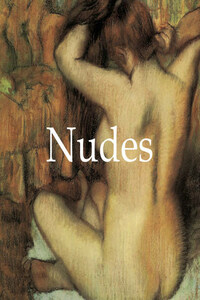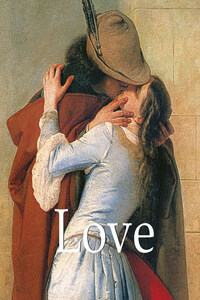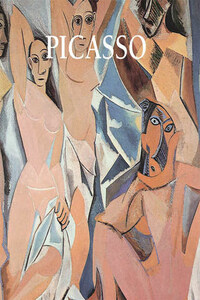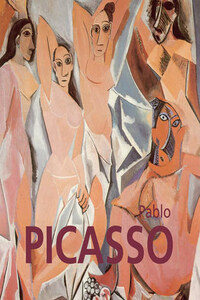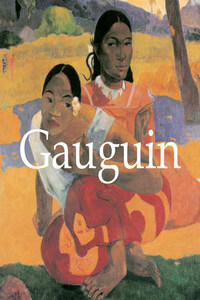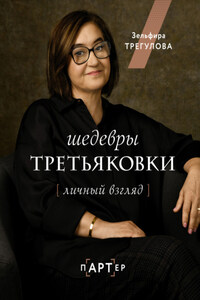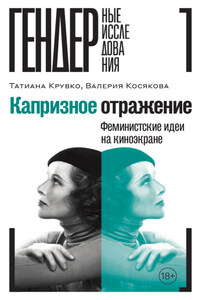© Parkstone Press International, New York, USA
© Confidential Concepts, Worldwide, USA
© Estate Masson/Artists Rights Society, New York, USA/ADAGP, Paris
© Estate Balthus/Artists Rights Society, New York, USA/ADAGP, Paris
© Estate Munch/Artists Rights Society, New York, USA/BONO
© Estate Bacon/Artists Rights Society, New York, USA/DACS London
© Estate Picabia/Artists Rights Society, New York, USA ADAGP, Paris
© Banco de México Diego Rivera & Frida Kahlo Museums Trust
© Estate Man Ray/Artists Rights Society, New York, USA/ADAGP, Paris
© Estate Duchamp/Artists Rights Society, New York, USA/ADAGP, Paris
© Estate Denis/Artists Rights Society, New York, USA/ADAGP, Paris
© Estate Beckmann/Artists Rights Society, New York, USA/VG BILD KUNST
© Estate Ernst/Artists Rights Society, New York, USA/ADAGP, Paris
© Estate Larionov/Artists Rights Society, New York, USA/ADAGP, Paris
© Estate Picasso/Artists Rights Society, New York, USA/PICASSO
© Estate Leger/Artists Rights Society, New York, USA/ADAGP, Paris
© Estate Bonnard/Artists Rights Society, New York, USA/ADAGP, Paris
© Estate Dufy/Artists Rights Society, New York, USA/ADAGP, Paris
© Estate Magritte/Artists Rights Society, New York, USA/ADAGP, Paris
© Estate Man Ray/Artists Rights Society, New York, USA/ADAGP, Paris
© Estate Kingdom of Spain, Gala-Salvador Dalí Foundation/Artists Rights Society, New York, USA/VEGAP
© Estate Valadon/Artists Rights Society, New York, USA/ADAGP, Paris
© Estate Lempicka/Artists Rights Society, New York, USA
© Estate Wesselmann/Artists Rights Society, New York, USA/ADAGP, Paris
© Estate Brauner/Artists Rights Society, New York, USA/ADAGP, Paris
© Estate Raysse/Artists Rights Society, New York, USA/ADAGP, Paris
© Fernando Botero/Marlborough Gallery
© Ernst Ludwig Kirchner, Artists Rights Society, New York, USA/Wichtrach, Bern
© Lucian Freud
